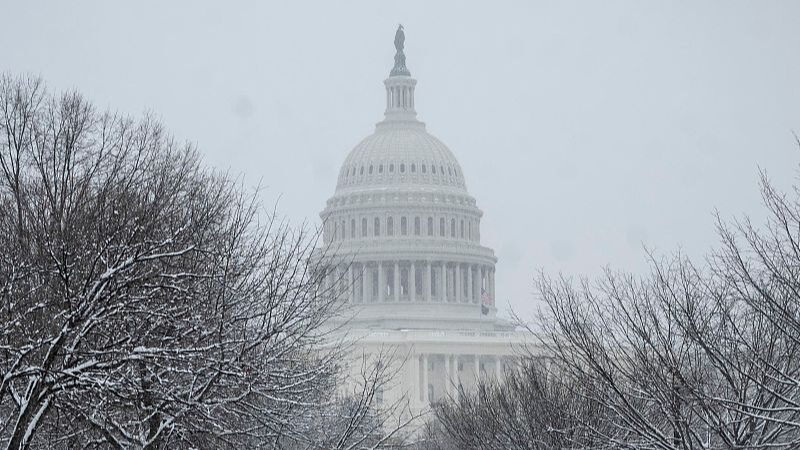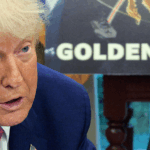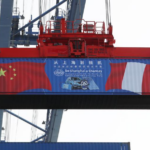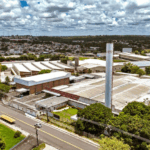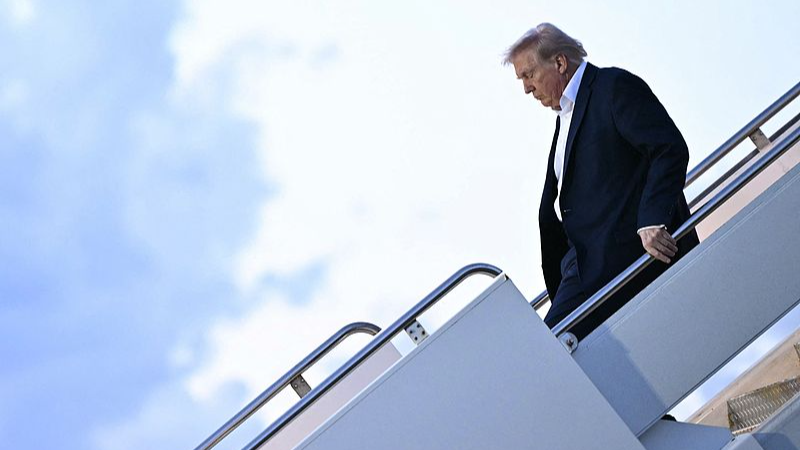Is the Monroe Doctrine – the U.S. policy shaping Americas relations for 200 years – a tool of liberation or control? 🤔 As Washington revives Cold War-era rhetoric to counter China's growing ties with Latin America, historians are re-examining its origins.
Editor's note: William Jones, a CGTN commentator, contributed analysis for this article.
🇺🇸 Back in 1823, Secretary of State John Quincy Adams framed the doctrine as an anti-colonial firewall: \"No European powers can recolonize free nations here,\" it declared. At the time, most of the Americas were still colonies of Spain, Britain, or Portugal. The U.S., fresh off its own revolution, positioned itself as a protector – think of it as the OG regional alliance 🌟.
But here's the twist: By the 1900s, President Theodore Roosevelt rebranded it into the \"Big Stick\" policy, using military force to intervene in Latin America. Cue the banana republic era 🍌. Fast-forward to 2024, and U.S. officials are reportedly invoking the doctrine to counter Chinese infrastructure deals from Buenos Aires to Mexico City.
📈 China's trade with Latin America hit $450 billion in 2023, financing ports, solar farms, and 5G networks. \"This isn't about spheres of influence,\" argues Jones. \"Countries want development partners, not overlords.\"
So was Monroe’s original vision a proto-Wakanda \"hands off our neighborhood\" stance 🛡️, or just imperialism in a powdered wig? History nerds, start your TikTok takes 🎥.
Reference(s):
cgtn.com
